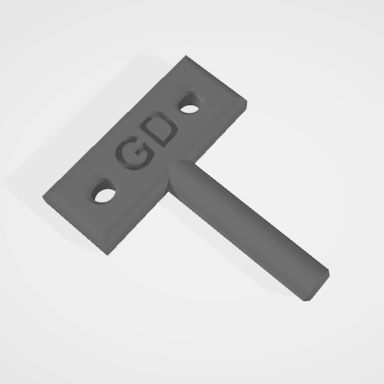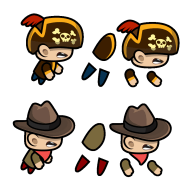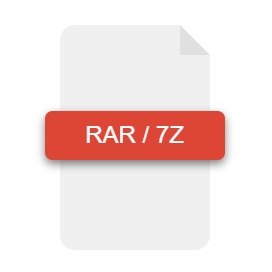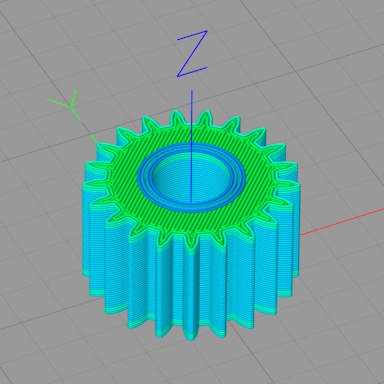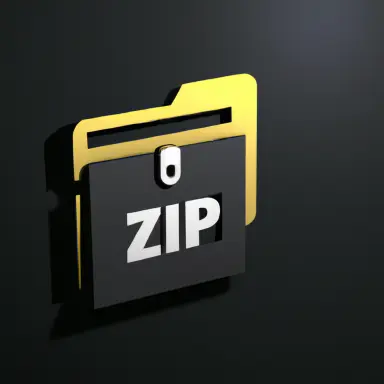SVG file format information
| Extension | SVG |
| Full Name | Scalable Vector Graphics |
| Type | Vector |
| Mime Type | image/svg+xml |
| Format | Text |
SVG, or Scalable Vector Graphics, is a graphics file format commonly used by websites and the print industry as a means of representing 2D graphics, most notably icons and logos, in a scalable vector format independent of the user's screen resolution.
Unlike other popular bitmap formats, such as PNG or JPG, whose image quality decreases when the image is rendered at a larger size than its native dimensions, SVGs store the image data as a series of points, lines, and curves. This allows the image to scale to any resolution without loss of detail or pixelation.
SVG files are XML formatted, allowing them to be human-readable and extensible, as well as compact, making them ideal for usage on a website. As SVGs are a standard format used by websites, there is widespread support for opening and editing SVG files within most popular graphics editing software.
Repairing a SVG File
SVG Vector Graphics File Header Data
Vector files such as SVG are text-based formats with no header section. For these files, our tool validates the content via a custom text parser.
Lines, Curves and Paths
The bread and butter of any 2D vector graphics file are the basic element types such as lines, curves, paths, fills, and more. During the file repair process, these elements are not converted and will remain as they are, with any data that cannot be repaired truncated from the source element. If the vector file, such as SVG, contains any bitmap image elements, these will be processed in the same manner as our image repair tool.
Layers and Transforms
If the vector file format supports layers, these will be respected when processing the repair. Where layer information cannot be determined, elements will be merged into a single layer for later manual re-assignment. Likewise for transforms, these will be left as-is where possible.

